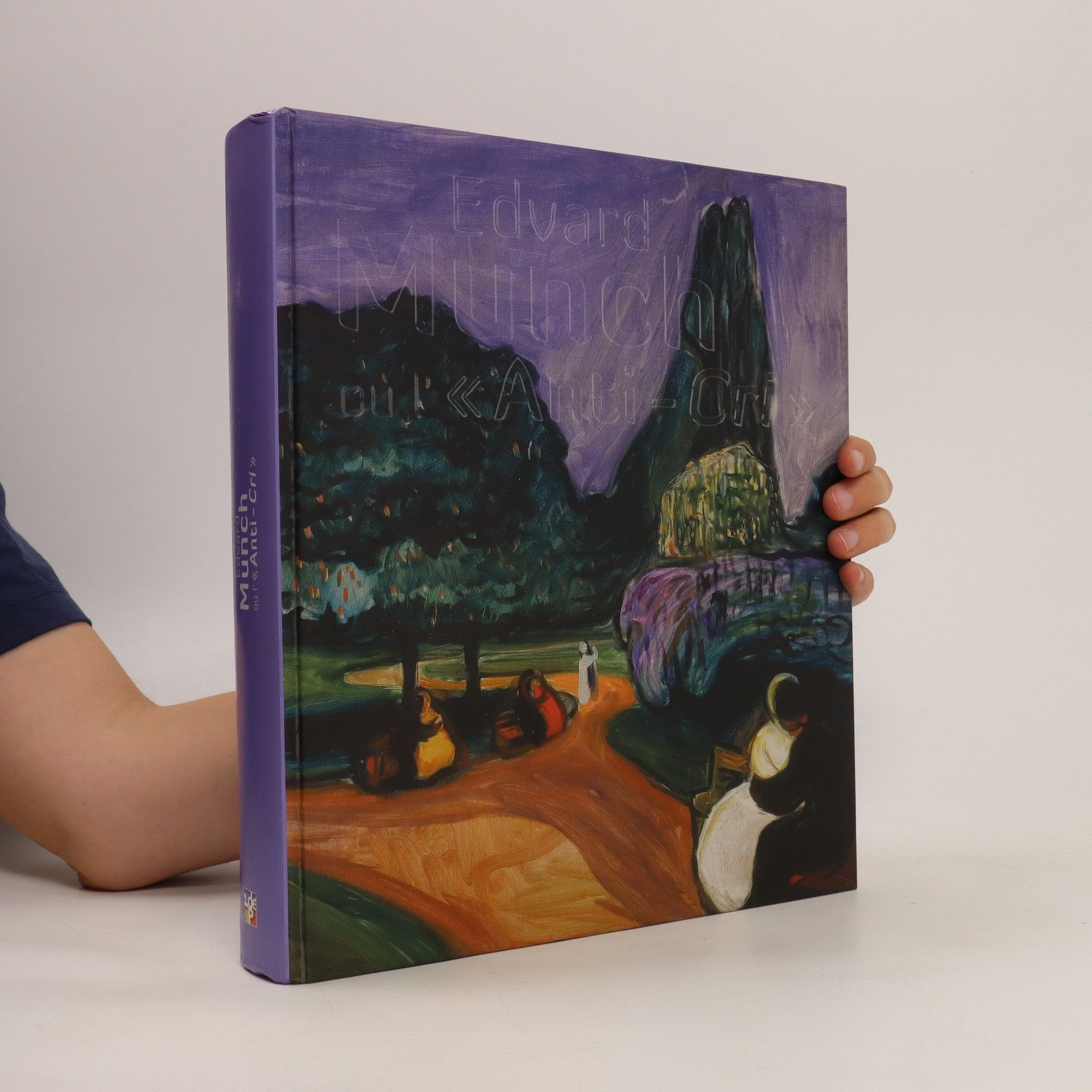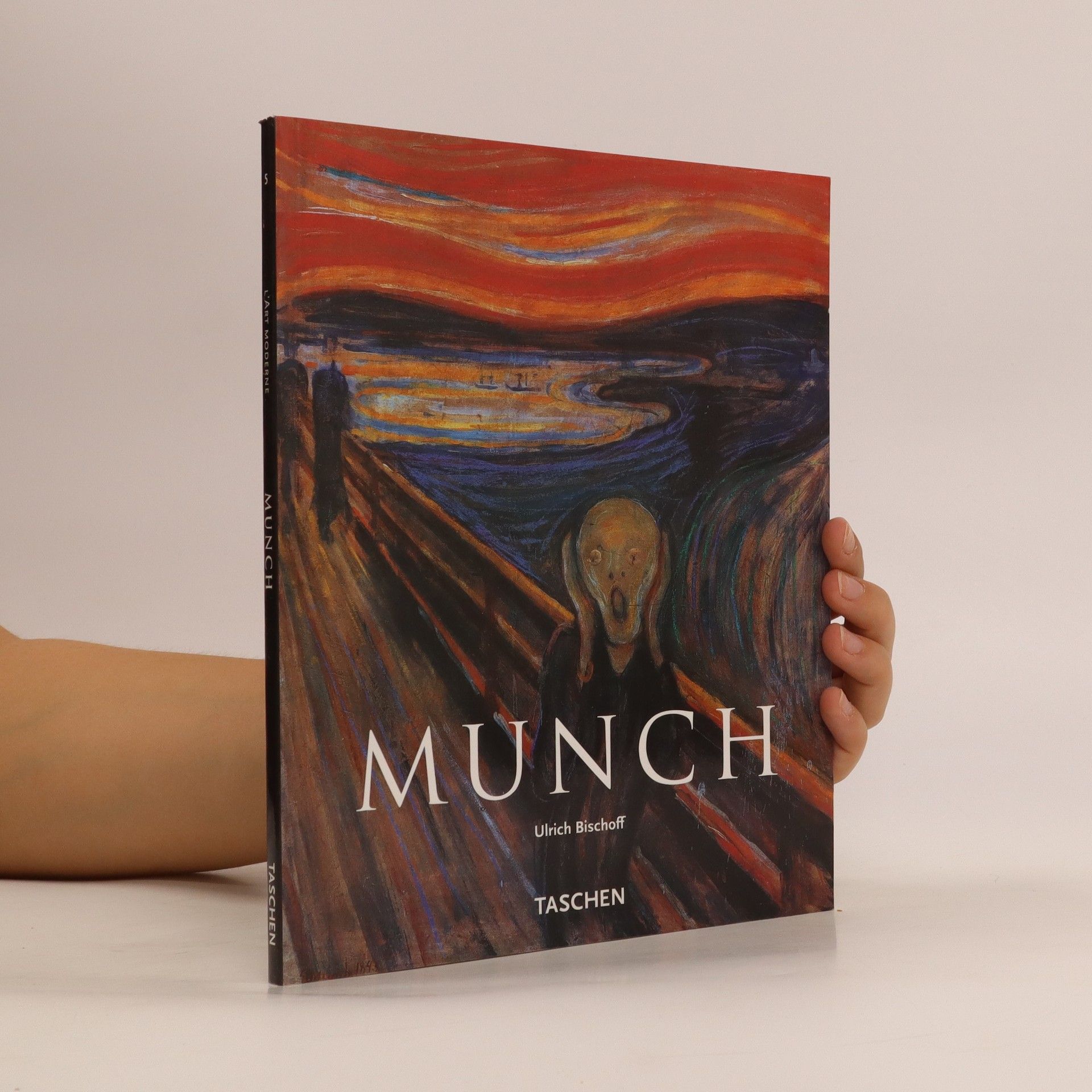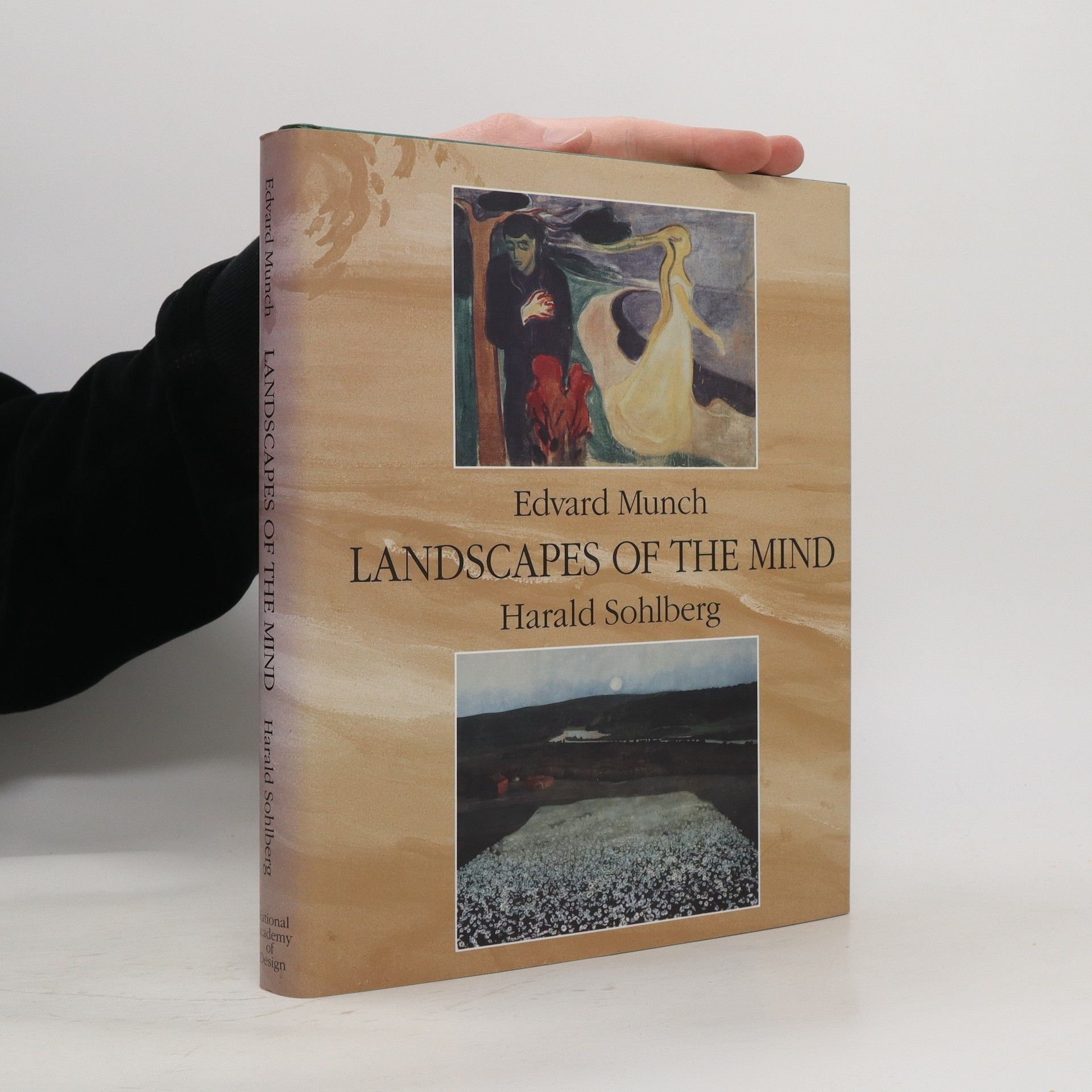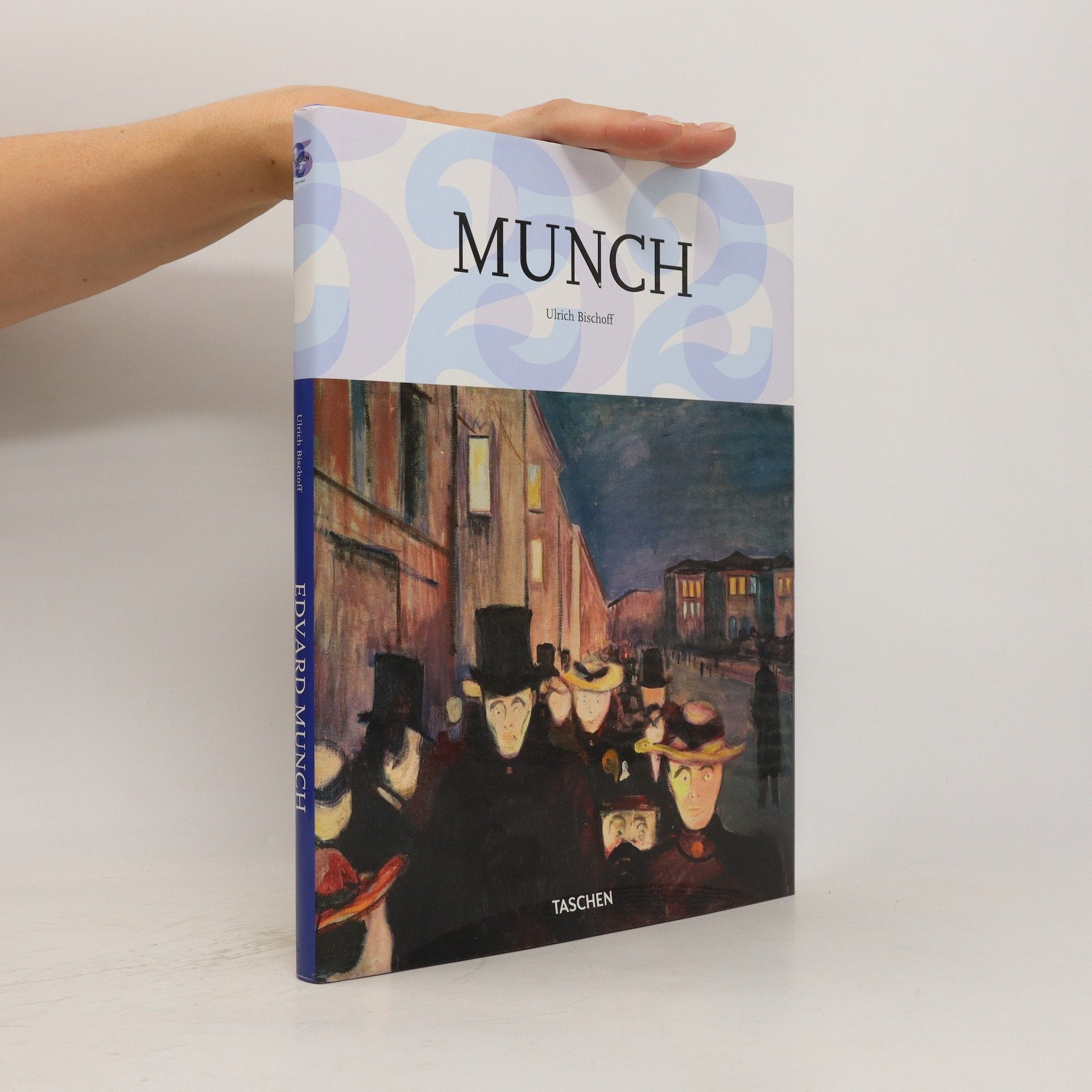Edvard Munch Livres
Edvard Munch fut un peintre et graveur norvégien dont le traitement intensément évocateur des thèmes psychologiques s'appuyait sur certains des principaux préceptes du symbolisme de la fin du XIXe siècle et influença grandement l'expressionnisme allemand au début du XXe siècle. Son œuvre se caractérise par une exploration profonde de la psyché humaine, de l'angoisse et des questions existentielles. Le parcours artistique de Munch fut déterminant dans le développement de l'art moderne, et son influence perdure encore aujourd'hui.







Unsere Kalender sind auf umweltfreundlichem Papier gedruckt und vom FSC zertifiziert. 16-Monats-Kalender mit internationalen Feiertagen und den Feiertagen der wichtigsten Weltreligionen. Broschürenkalender - Fine Arts 30x30 cm (geöffnet 30x60 cm)
Edvard Munch. L'œil moderne
- 317pages
- 12 heures de lecture
"Organisée en collaboration avec le Munch-museet d'Oslo, l'exposition "Edward Munch, l'oeil moderne" propose un dialogue novateur entre la célèbre oeuvre picturale de l'artiste au XXe siècle et son intérêt pour les formes de représentation les plus modernes : la photographie, le cinéma, mais aussi le renouveau de la scène théâtrale. Avec près de 270 illustrations, 16 essais de spécialistes internationaux ainsi que des traductions de textes de Munch inédits en français, cette publication révèle la modernité du grand artiste-norvégien et s'impose comme la nouvelle référence éditoriale sur le sujet."--P. [4] of cover.
The Prints of Edvard Munch, Mirror of His Life
An Exhibition of Prints from the Collection of Sarah G. and Lionel C. Epstein
- 208pages
- 8 heures de lecture
Book by Epstein, Sarah G.
Published to accompany an exhibition of the same name at the National Academy of Design in Norway, Edvard Munch and Harald Sohlberg: Landscapes of the Mind compares the two symbolist painters' landscape works. Sadly, Sohlberg is not as recognizable a name to U.S. audiences as is Munch, but in placing his work opposite that of his countryman, a rich understanding of the psychic arena in which each moved emerges. The mostly color reproductions of the art in the exhibition are of remarkable quality.
Edvard Munch : 1863-1944 : images of life and death
- 96pages
- 4 heures de lecture
For Edvard Munch (1863-1944), painting was an act of self-liberation. His treatments of fear, desperation, and death still exert a powerful visual and psychological effect on modern viewers. Of all Munch's paintings, "The Scream" (1893), representing a figure tortured by horror, is the most well-known-and certainly one of the most expressive. The artist reflected his innermost feelings in his work: "In reality, my art is a free confession, an attempt to clarify to myself my own relation to life..." Although Edvard Munch cannot be clearly identified with any single movement, he is deemed a pioneer of Expressionism.
Munch in his own words
- 224pages
- 8 heures de lecture
In this book Munch's own soul is laid bare through the translation and analysis of diaries, literary sketches and letters which have never been published in the English language. Preserved in the archives of the Munch Museum in Oslo to whom they were presented by the artist himself, these writings give a unique insight into one of the most fascinating artistic minds of the twentieth century. Munch was as influenced by the literary and philosophical context of turn-of-the-century Europe as he was by his artistic milieu, and by his own admission, several of his major works started life as literary sketches.Beautifully illustrated with drawings, paintings, and contemporary photography, this book presents an intimate portrait of the artist's life - the early death of his mother, his childhood illnesses, his tragic love affair - through his own philosophical and literary representation of it. Interweaving Munch's artistic and literary experiences these texts provide a commentary on the artist's works, on his own personal philosophy, on the work of contemporaries (Van Gogh among others), and on the sensibilities of his friends and family. Expertly contextualised by Poul Erik Tojner In His Own Words brings the world of the artist vividly to life.


